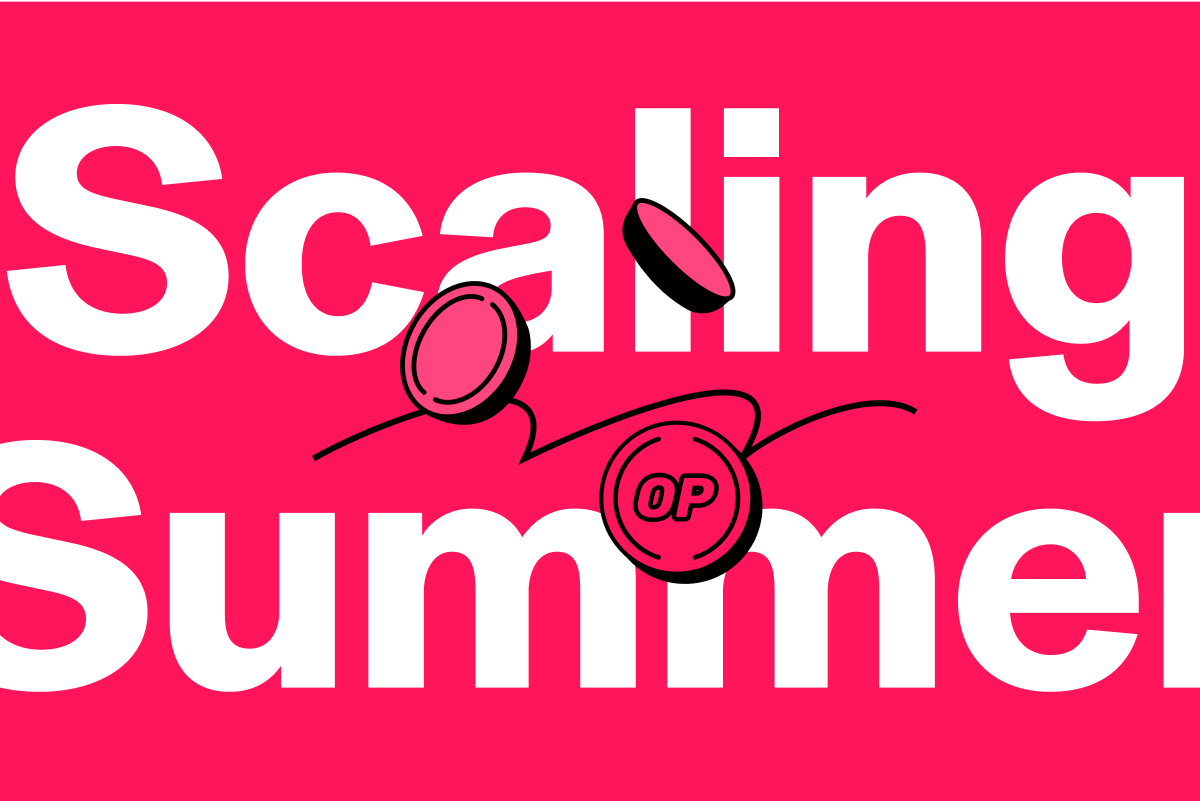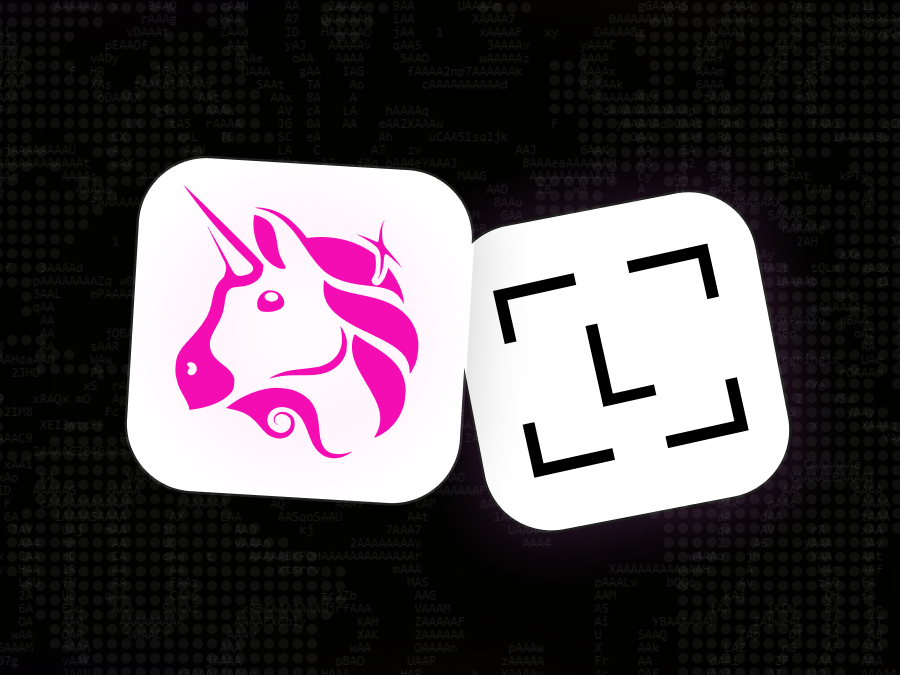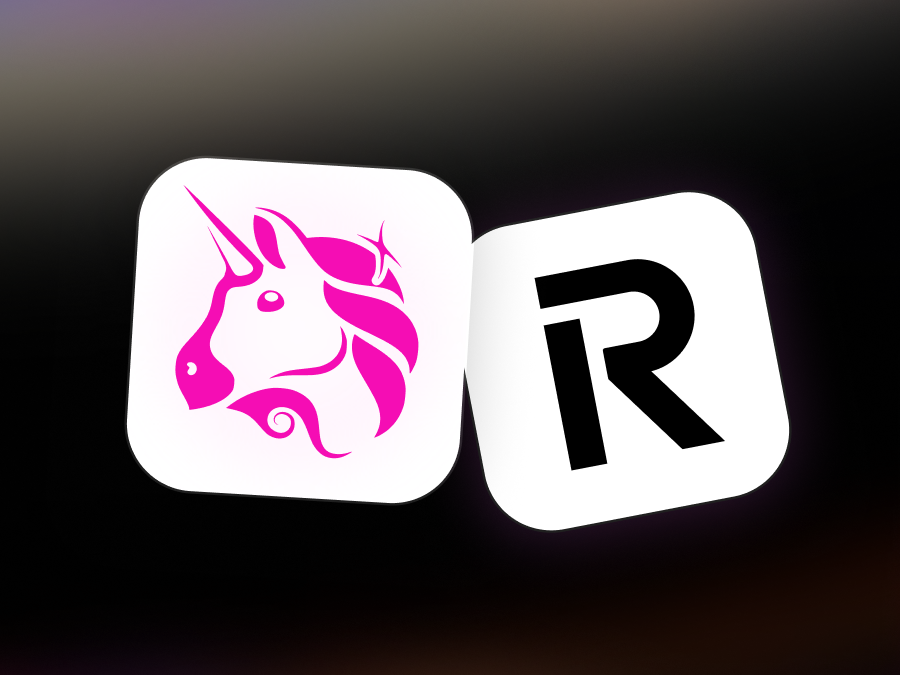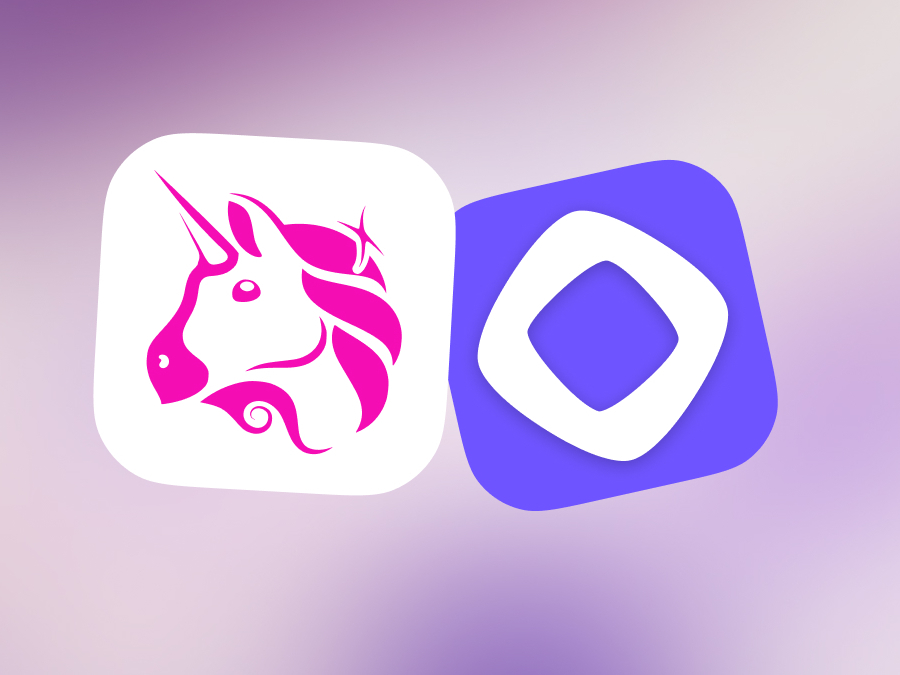This summer, Ethereum scaling solutions have exploded in popularity. After years of research and development, Ethereum has a thriving ecosystem of Layer 2 (L2) networks, applications, and users. The Uniswap Protocol is deployed across a number of these L2 and the Uniswap app currently supports 4 of them, in addition to mainnet, with more coming.
A few weeks ago, we dug into the Arbitrum with the Uniswap app. Today, we're checking out Optimism. Optimism Mainnet is an Optimistic rollup with over 100,000 daily active users (DAU) transacting over 600,000 times every day. Many of these DAUs are active in the DeFi and NFT ecosystems -- not just on Uniswap, but on projects like Synthetix and Zora.
Before Optimism was ready for mainnet, Uniswap worked with their team in 2019 (then called the Plasma Group), on a project called Unipig -- a custom-built rollup for Uniswap that highlighted the UX benefits of L2s. Unipig was an optimistic rollup experiment designed to speed up L2 development with a proof-of-concept of a lightning-fast and cheap dapp on a rollup. Unipig was successful in showing what the future of UX could be. Two years later, Uniswap launched on Optimism Mainnet.
Uniswap is now the leading liquidity protocol on Optimism, processing over 75% of all swapping volume in the past 7 days at $128M. These swaps are 5-10% of the cost of mainnet swaps, making Optimism a popular destination for inexpensive onchain activity. The Uniswap app makes it easy for swappers to fund their wallets directly on Optimism with our fiat-on-ramp.

Optimism Mainnet is built using the OP Stack, a combination of open-source technologies that power the Optimism mainnet. Developers can use the OP Stack to securely create new L2 blockchains that are interoperable with any other blockchains deployed with the OP Stack. This is Optimism's future vision of the Superchain, a horizontally scalable network of chains that share security, a communication layer, and an open-source development stack.
The Superchain is Optimism's solution to an increasingly fragmented L2 ecosystem. The OP Stack standardizes L2s, making it easier to communicate across them. This standardization has downstream benefits too. Apps that are deployed on Optimism can quickly deploy onto any OP Stack chain. For example, Coinbase's Base chain was built using the OP Stack. Because Uniswap was already on Optimism, which used the OP Stack, we could quickly deploy on Base. This quick deployment meant swappers could reliably swap on a battle-tested and efficient market, making Uniswap the number one liquidity protocol on Base.
Of course, this tech -- like much of web3 -- is still evolving. Centralized operations that create a better UX face questions about decentralization. Bridging technologies on every L2 face security risks that are still being addressed. And while more experimentation can lead to better outcomes, it also risks ecosystem fragmentation. But across all of DeFi, we must continue to iterate to improve the experience for both new and long-time users.
Uniswap is encouraging users to go onchain and explore L2s as part of #ScalingSummer. To join our educational quests, click here.



